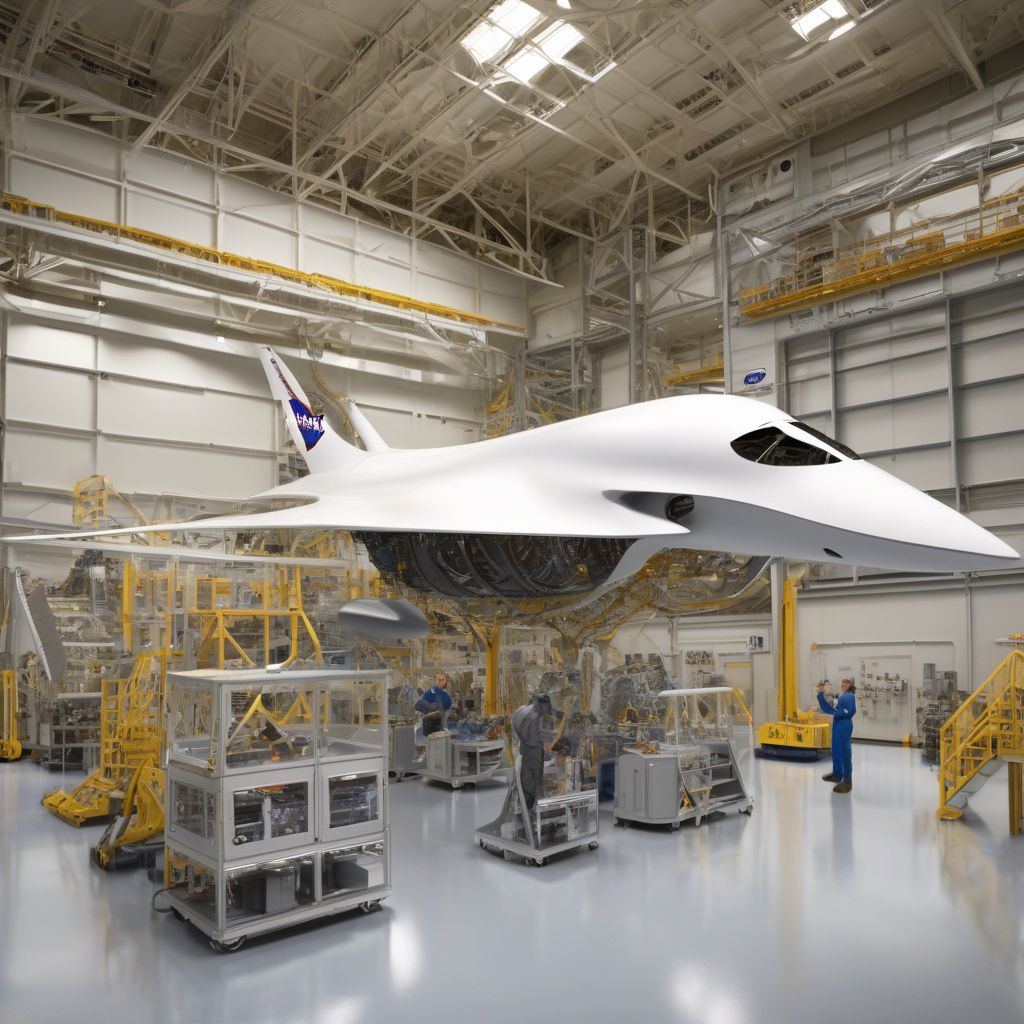NASA and Boeing Pause X-66 to Chase Breakthrough Ultra-Thin Wing Aircraft Design
NASA and Boeing are pausing the development of the X-66 full-scale Sustainable Flight Demonstrator. Instead, they are shifting their focus towards exploring a groundbreaking ultra-thin wing aircraft design. This decision marks a strategic move towards pushing the boundaries of aviation technology and potentially revolutionizing air travel as we know it.
The concept of ultra-thin wings is not entirely new, but recent advancements in materials science and aerodynamics have reignited interest in this area. By significantly reducing the thickness of the wings, engineers can improve aerodynamic efficiency, reduce fuel consumption, and enhance overall performance. These benefits align with the aviation industry’s growing focus on sustainability and eco-friendly practices.
One of the key motivations behind this shift is the increasing pressure to develop greener aircraft solutions. With climate change and environmental concerns in the spotlight, major aerospace companies are under scrutiny to minimize their carbon footprint. Ultra-thin wing designs have the potential to make aircraft more energy-efficient, thereby reducing greenhouse gas emissions and contributing to a more sustainable future for aviation.
Moreover, the pursuit of ultra-thin wing technology represents a significant leap forward in terms of innovation. By challenging traditional aerodynamic norms and exploring unconventional design concepts, NASA and Boeing are paving the way for the next generation of aircraft. This disruptive approach underscores the importance of thinking outside the box and embracing bold ideas to drive progress in the aerospace industry.
In practical terms, ultra-thin wings could enable aircraft to fly faster, higher, and farther while consuming less fuel. This could open up new possibilities for long-haul flights, air cargo transportation, and even space exploration missions. The potential applications of this technology are vast, spanning both commercial and military aviation sectors.
It is worth noting that the decision to pause the X-66 project in favor of pursuing ultra-thin wing technology is not without risks. Developing and implementing a new aircraft design concept comes with its own set of challenges, including technological hurdles, regulatory considerations, and cost implications. However, the potential rewards in terms of improved efficiency and performance far outweigh the uncertainties.
As NASA and Boeing embark on this exciting journey towards ultra-thin wing aircraft, the entire aviation industry will be watching closely. The success of this endeavor could reshape the future of flight and set new standards for sustainable aviation practices. By prioritizing innovation and sustainability, these industry leaders are setting a precedent for others to follow in the quest for a more environmentally conscious aerospace sector.
In conclusion, the decision to pause the X-66 project in favor of pursuing breakthrough ultra-thin wing aircraft design represents a bold step towards the future of aviation. By prioritizing innovation, sustainability, and efficiency, NASA and Boeing are at the forefront of shaping the next generation of aircraft technology. As they continue to push the boundaries of what is possible, the sky is no longer the limit for the future of flight.
NASA, Boeing, X-66, Ultra-Thin Wing Aircraft, Aerospace Innovation












